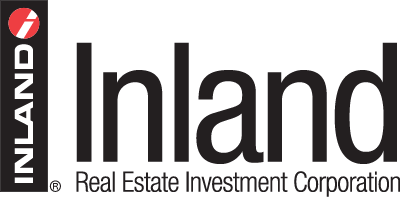Manufactured housing communities may be one of the most overlooked commercial real estate strategies, yet it has historically been one of the strongest-performing sectors. The industry has evolved significantly from the original trailer parks of the 1950s to what are now master-planned manufactured housing communities (MHCs) that offer the same amenities and safety features as traditional housing neighborhoods.
While MHC residents typically own their manufactured home, they pay rent to the landowner for the site on which their home resides, providing for consistent, stable income.
MHCs Come of Age
Some factors fueling increased success of MHCs include:
Favorable Demographic Trends
An aging population of 138 million Boomers, Gen-Xers, and Millennials who are expected to be near or in retirement by 2050, highlights how demand for affordable housing is only expected to grow over the next few decades. MHCs will be essential to meeting the need of a burgeoning population of retirees.1
HUDs High Standards
Manufactured housing typically refers to homes built after 1976 that comply with the U.S. Department of Housing and Urban Development Home Construction and Safety Standards. Essentially, HUD requires manufactured homes to be made with the same high standards as site-built homes, which helps ensure prospective owners their homes will be stable and secure.
Filling the Affordability Gap
2022 was a year where many areas of the U.S. experienced explosive growth in home prices, forcing many would-be owners to the sidelines, and traditional homes became unaffordable for millions of families. Manufactured housing will help solve the affordability challenge by making home ownership available at less than half the price per sq. ft. of site-built homes. In fact, a newly built manufactured home’s average sale price in 2021 was $108,000 compared to a new traditional site-built home cost of $464,200.2 The median household income for the more than 22 million people living in manufactured housing across the U.S. is just under $30,000.3
A Sense of Community
MHCs today have long overcome any stigma associated with the mobile home parks of yesteryear. Many of today’s MHCs provide residents with a complete set of upscale amenities in secure, friendly master-planned neighborhoods, including parks, swimming pools, and workout facilities. MHCs are available in urban, suburban, and rural areas, allowing residents to experience a healthy and rewarding outdoor lifestyle wherever they choose.
1. Pew Research Center. Millennials overtake Baby Boomers as America’s largest generation. April 2020
2. U.S Census Bureau. Cost & Size Comparison: New Manufactured Homes and New Single-Family
3. Manufactured Housing Institute. Benefits of Living in a Manufactured Housing Community. Accessed January 2023.

